Are you planning to get a small dog who would be a perfect fit for apartment living? There are many things that you need to consider before getting a small dog breed.
One of the most important things to consider before getting a small dog breed is the common health conditions that these small breeds are prone to.
11 Common Health Issues in Small Dog Breeds
1. Patellar Luxation
It is a condition where the dog’s kneecap (PATELLA) gets dislocated from its normal anatomic position i.e., in the groove of the thigh bone. It causes movement issues, weakness in the legs, and severe pain. It is most commonly seen in young miniature and toy breeds such as Dachshund, Boston Terriers, French Bulldogs, Pekingese, and Pug.
Patellar Luxation Symptoms
- Limping
- Pain if the leg is moved
- Crying from pain
- Inability to bend the knee
- Refusing to exercise
- Weakness
- Loss of range of motion in one or both hind legs
- Abnormal carriage of one or both hind legs
- Temporary paralysis of the stifle (knee) joint
- Difficulty rising
- Reluctance to run or jump
- Swelling at or around the stifle
2. Intervertebral Disk Disease (IVDD)
It is a disease where the cushions between the vertebrae come in contact with the spinal cord causing a multitude of symptoms. The issue can start with pain in the back of the dog due to irritation in the spinal cord. If the nerves in the spinal cord get compressed, it can cause severe pain, weakness, and even paralysis.
Small dog breeds that are highly prone to this disease are Pomeranian, Dachshund, Boston Terriers, French Bulldogs, Pekingese, and Lhasa Apsos.
Intervertebral Disk Disease (IVDD) Symptoms
- Pain and weakness in the rear legs
- Unwillingness to jump
- Neck pain and stiffness
- Paralysis in one or more limbs
- Pain in the back or neck, typically causing refusal to walk or look around
- Loss of hind limb function
- Loss of ability to urinate
- Hesitant to go up or downstairs
- Neck muscles are tense and may spasm
- Tense abdomen
- Restlessness
3. Ectropion
Ectropion is an abnormality that commonly affects short-nosed and flat-faced dogs such as Cairn Terrier, Pug, French Bulldogs, etc. This condition causes the lower eyelid to turn outward exposing the tissue that lines the inner eyelids. It causes dryness in the eye, excessive tearing, etc.
Ectropion Symptoms
- Excessive tearing
- Excessive dryness
- Irritation in dog’s eyes
- Burning and redness
- Chronic conjunctivitis
- Pawing at the eye
4. Brachycephalic Airway Syndrome
It is an upper airway problem commonly found in short-nosed and flat-faced dog breeds. The compressed respiratory system of these dogs makes it difficult for them to breathe. Most popular small dogs such as Pug, Chihuahua and Shih Tzu, etc are quite prone to this disease.
Brachycephalic Airway Syndrome Symptoms
- Panting
- Gagging
- Coughing
- Snoring
- Harsh sounds when breathing in
- Narrowed nostrils (stenotic nares)
- Increased inspiratory effort
- Exercise intolerance
- Bluish discoloration of the skin and mucous membranes (cyanosis)
- Exercise intolerance
- Temporary cessation of breathing
5. Legg-Calve-Perthes Disease
LCP is a genetic disease that affects small-breed dogs. It is a hip-joint disorder involving a dog’s hind leg in the femur bone area. It occurs most commonly in toy and miniature breeds when they are between the age of 4 months and 1 year.
The highest risk of occurring this disease is at the age of 7 months. It can cause pain, inflammation, and stiffness in the dog’s legs resulting in problems in moving and walking.
Legg-Calve-Perthes Disease Symptoms
- X-rays show increased joint space
- Limping
- Muscle atrophy
- Dog will not put weight on the diseased leg Inability to walk from time to time
- Pain during a physical examination when a veterinarian tries to extend the hip joint
- The collapse of the femur bone head
- The diseased leg seems to be shorter because the femur bone head has collapsed
6. Hypoglycemia
A quick drop of sugar in the blood, often brought on by stress, the condition is quite common in toy breeds, 6-12 weeks of age. If you notice your little dog becoming lethargic or weak or struggling to maintain tremors or even gait, especially in the face, it could be a sign of hypoglycemic attack. A sudden drop in blood sugar may even send a little dog into a potentially fatal coma.
7. Pancreatitis
An ailment that can affect all sorts of dogs but happens quite often in smaller dogs. When the pancreas becomes inflamed, your dog may end up suffering from abdominal pain, dehydration, diarrhea, vomiting, and fever.
However, it is unfortunate that pancreatitis can be provoked by all sorts of issues which includes metabolic disorders, trauma, infection, obesity, and sometimes even appearing out of nowhere.
8. Tracheal collapse
A progressive disease that involves the trachea (windpipe) is commonly seen in small dog breeds. When the rings which preserve the shape of the dog’s windpipe get weak, they can start to flatter, making the dog harder to breathe. Few common causes also include kennel cough, obesity, or exposure to dust and smoke.
9. Whelping complications
As there is a narrow pelvic opening in dogs, small dogs have limited endurance. It can make the birthing process a tough task. Few of the most affected breeds include Boston Terriers, Pugs, and Toy Poodles. If you have a little dog mum in the house with a litter on the way, ask your vet about a C-section.
10. Ectropion
It is an abnormality that commonly affects flat-faces, short-nosed dog breeds. It may also cause the margin of the eyelid to roll outwards, exposing the tissues which line the inner eyelids (palpebral conjunctiva). There would not be any fun for the poor pup in the dusty house.
11. Homeostasis imbalance
Small dog breeds do not handle extreme temperatures quite well. As little dogs have such little insulation and not much surface area, sudden exposure to cold weather may dramatically drop the body heat. However, on the flip side, stepping out on an excessively hot day may also overwhelm them.
You need to be careful when you take out your dog in severe weather conditions. The reason is that it can be harmful to small breeds as it may kill them.
Conclusion
Even though it may seem grime to consider the ailments your sweet little pup may encounter, the more you know, the better you will get at taking care of your little one.
If you notice any of the above-mentioned symptoms in your dog, take your dog to a veterinarian immediately and get them treated.
Also, your vet will always be available to help. In case you need more advice, ask the help of experts.
Want to read more articles like these? Subscribe to our newsletter today!

 DogExpress
DogExpress


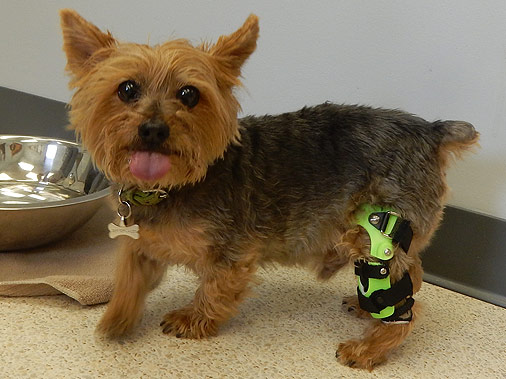
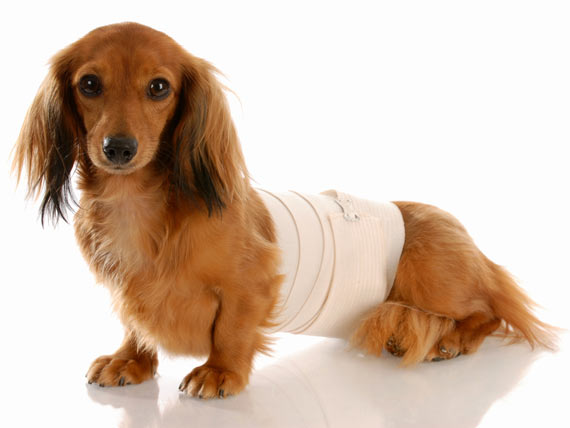
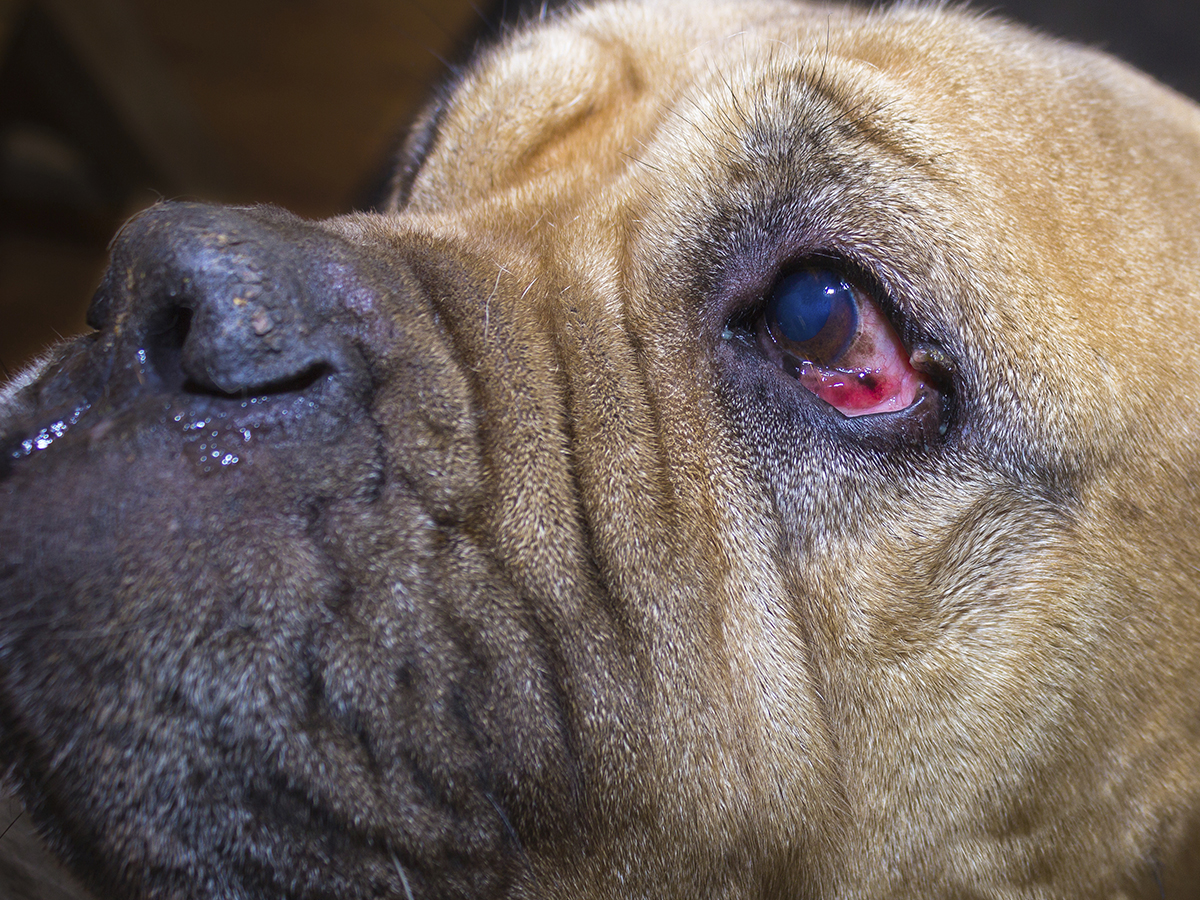
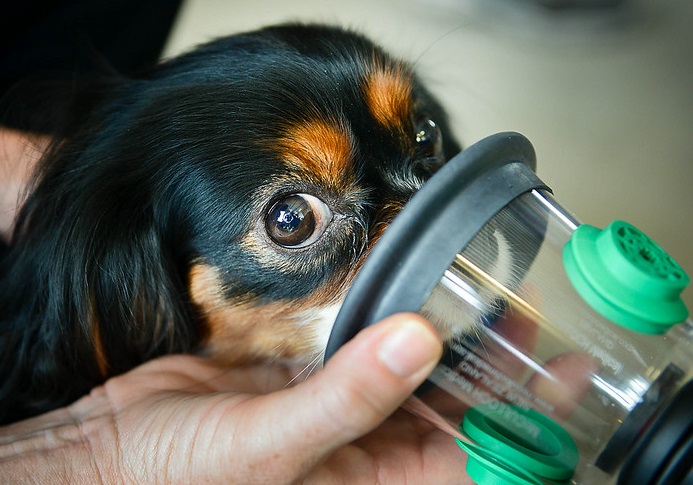
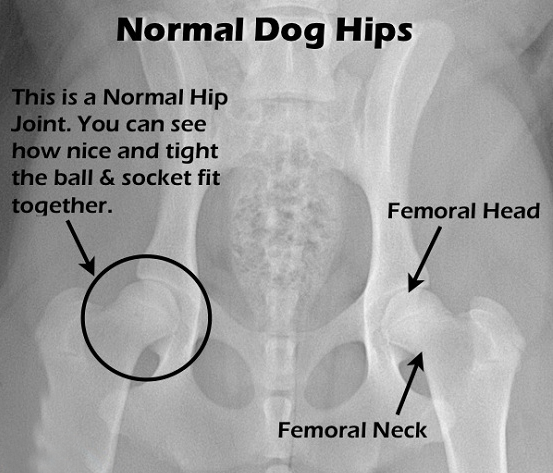

















 in Chandigarh, India.
in Chandigarh, India. 
